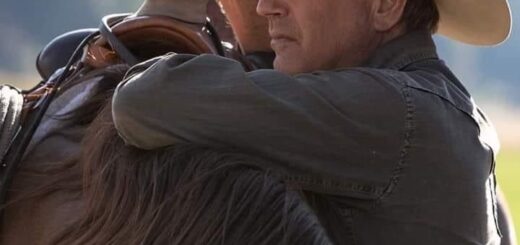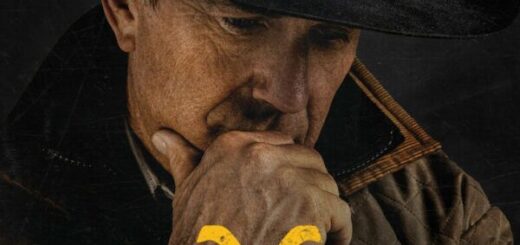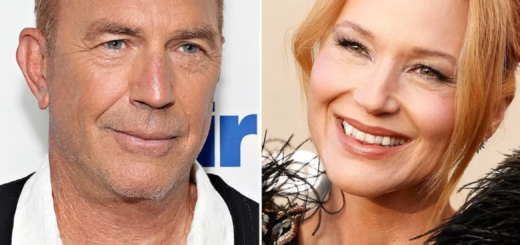“The Historical Truth Behind Kevin Costner’s Western Horizon”
Set to hit theaters on June 28, Horizon: An American Sagais Kevin Costner’s latest Western, directed, co-written, produced, and starring Costner himself. This film marks the first installment of a four-part series, with the second installment scheduled for release on August 16.
Hollywood has a long-standing tradition of romanticizing the Western frontier, often perpetuating the myth that it was largely uninhabited wilderness during the mid-19th century. In reality, the region was vibrant with diverse populations, including Native Americans, Asian immigrants, and descendants of Spanish settlers, all striving to protect their livelihoods. Costner aims to break this romanticized narrative; in his words, he seeks to present the era’s complexities and the conflicts among various groups. Horizon is a notably violent film, reflecting these tensions.
Costner’s most famous Western, Dances with Wolves(1990), was groundbreaking in its portrayal of Native American experiences, becoming only the second film about Indigenous peoples to win the Best Picture Oscar. As noted by TIME, the film prompts viewers to reflect on the consequences of encroaching on Indigenous lands.
To gain insight into the historical context of Horizon, TIMEspoke with Civil War historian Megan Kate Nelson, author of The Three-Cornered War: The Union, the Confederacy, and Native Peoples in the Fight for the West.
Who’s Who in Horizon
Spanning over three hours, Horizon follows multiple characters on their journey to a settlement named Horizon, enticed by a flyer promising land for the daring.
Frances Kittredge (Sienna Miller) and her daughter Elizabeth (Georgia MacPhail) are taken in by the Army at Fort Gallant after Frances loses her husband. The duo becomes cherished members of the community, reminding soldiers of their families back home.
Costner plays Hayes Ellison, a solitary man seeking a fresh start in Horizon. He is accompanied by Marigold (Abbey Lee), a former prostitute from a mining town.
A British couple, Hugh Proctor (Tom Payne) and Juliette Chesney (Ella Hunt), represent the naive dreamers drawn westward, lacking survival skills and often irritating their fellow travelers.
The film consulted experts on Native American culture, featuring actors who learned the White Mountain Apache dialect. Notably, Tatanka Means plays Taklishim, an Apache man striving to protect his family from encroaching settlers.
The Civil War in the Context of Horizon
Set against the backdrop of the Civil War (1861-1865), the four-part series begins in 1859, just prior to the conflict. The war’s impact extended beyond the North-South divide, playing out across the Western territories.
Nelson explains, “The debates over slavery were fundamentally tied to the expansion into new territories.” The Confederacy aimed to control the West for resources, hoping to establish a coast-to-coast nation to enhance their legitimacy.
Settlers were driven westward in search of new opportunities, particularly gold. The California Gold Rush of the 1840s and subsequent gold rushes in Colorado and Montana in the 1860s fueled this migration.
Chinese laborers, initially drawn to California for the gold rush, migrated to mining towns in Montana and Utah. In Horizon, they are depicted as marginalized workers, but historically, many established successful businesses.
Western settlers became entangled in the Civil War as well, with conflicts like the one in New Mexico during the 1860s. The Union Army recruited Native Americans as spies and formed diverse units of Hispanic and white soldiers, many of whom were also gold seekers.
While the Confederacy briefly claimed success in parts of Arizona, ultimately the Union emerged victorious, establishing governance in the West that aimed to prevent the expansion of slavery.
Despite some alliances, Native Americans were not fully on the side of the Union, viewing them as intruders. With the construction of the transcontinental railroad, Native American resistance grew, exemplified by attacks on railroad surveyors and demands for tolls from miners.
In Horizon, many portrayals of Native American characters involve conflict with settlers. Costner aims to depict them as fighting for survival and dignity, while also acknowledging the challenges of representing these narratives accurately.
Reflecting on his approach to this ambitious project, Costner stated, “I feel like I’m someone who had to venture west, uncertain of what lay ahead, and unafraid to face it.”


